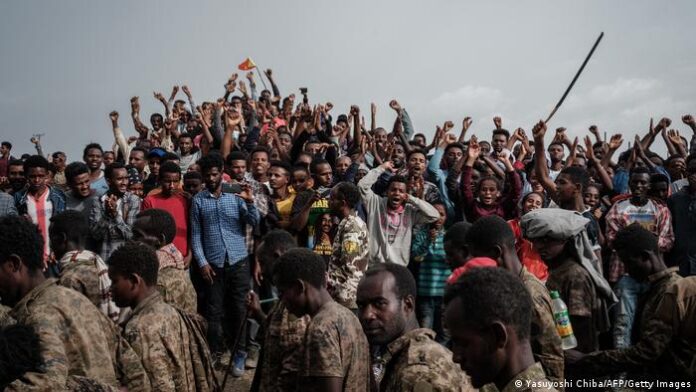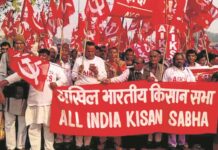On 4 November 2020, the Ethiopian National Defense Force (ENDF) and the Tigrayan People’s Liberation Front (TPLF) began an armed conflict. In less than a week, 600 mostly non-Tigrayan people were killed in the Tigrayan city of Mai Kadra by local militias. The conflict quickly escalated with armed drones and rockets being used. The conflict in Tigray has resulted in a refugee crisis and threatens to destabilize the region surrounding Ethiopia.
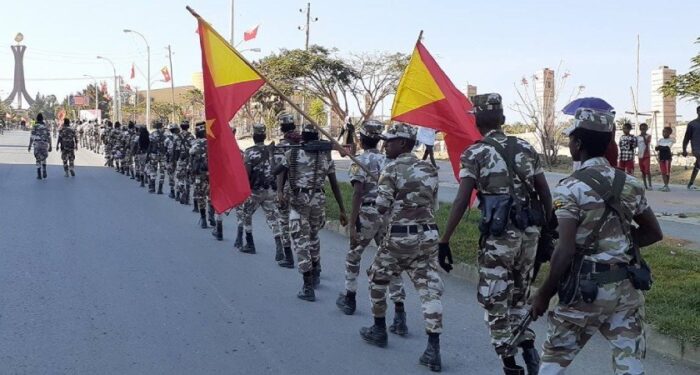
The conflict has gained international attention, and it has been difficult to gauge the extent of the loss of human life, which is expected to be in the tens of thousands. This may be the most bloody conflict in 2021.
Tigray and TPLF
Tigray is a semi-autonomous region in the northern part of Ethiopia, bordering on Eritrea. The TPLF has its roots in the nineteenth century, where the Tigrayan elite and peasantry formed resistance movements against Italian imperialism.
Read More: Making of the Eritrea-Ethiopia conflict, from Berlin to Badme
They remained struggling against outside power, which later became the Ethiopian Derg in the 1980s. The Derg government was a Soviet-style authoritarian government. The TPLF organized the Tigrayan peasantry against the Derg. They allied with the Eritrean People’s Liberation Front and were instrumental in ending the rule of the Derg.
After the fall of the Derg, the TPLF became one of the more important parties in the Ethiopian government. The Tigrayan community was split between Eritrea and Ethiopia, so their position within Ethiopia was not as strong as it was before.
The conflict between Eritrea and Ethiopia, leading to decades of war, was often over Tigrayan territory, with Tigrayan loyalty being thrown against Eritrea.
The TPLF continued to run in Ethiopian elections as part of the Ethiopian People’s Revolutionary Democratic Front (EPRDF).
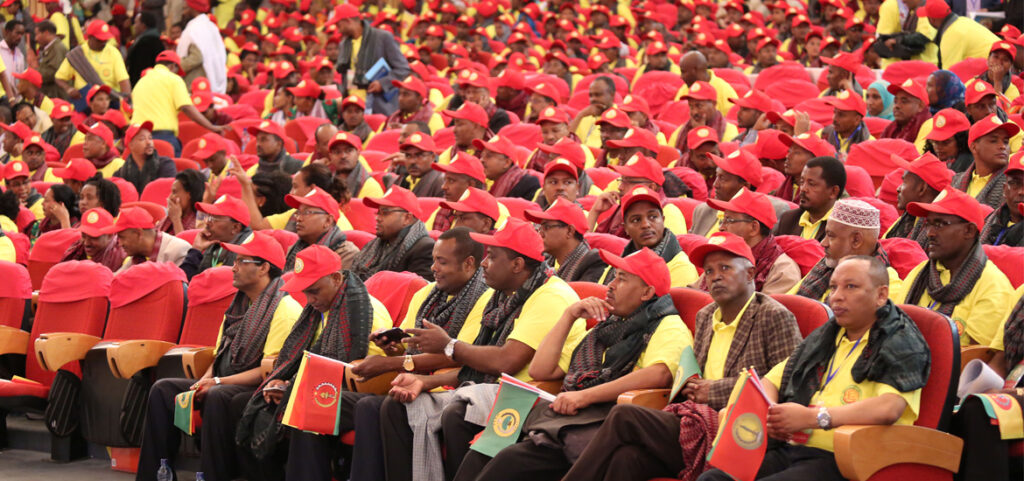
The EPRDF was composed of parties ranging from center-left to revolutionary left. They were committed to federalism, trade unionism, economic protectionism, and anti-imperialism. The EPRDF took on many of the resistance movements against the Derg. The TPLF remained an influential member of the EPRDF.
Abiy Ahmed
When Abiy Ahmed, Chairman of the EPRDF, became Prime Minister in 2018, he tried to rally the mainstream political parties under a new platform of economic growth, political stability, centralism, and neo-liberal reforms.
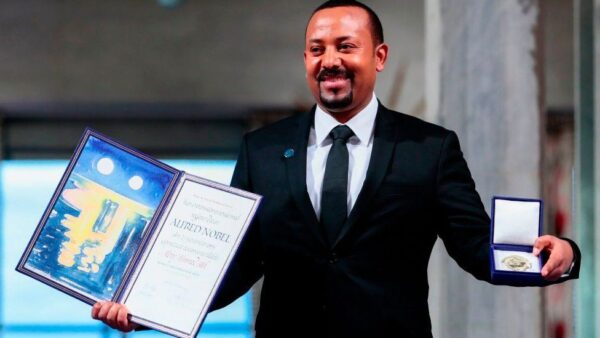
He formed a new party coalition called the Prosperity Party. The Prosperity party was against the federal structure of Ethiopia and tried to centralize the decision-making process.
The TPLF was invited to join the Prosperity Party, but they declined. They were concerned about eroding the regional autonomy of Tigray and increasing emphasis on trade. The TPLF’s major support base was Tigrayan farmers, who were made vulnerable by the changing economy.
Also read: Nobel Peace Prize to Ethiopian President: Another pawn in Global Geopolitics?
Abiy Ahmed’s rule in Ethiopia was very stable, and he gained support from rich countries. In 2019, he won the Nobel Peace Prize for resolving the conflicts between Eritrea and Ethiopia, however, his actions were seen as a betrayal by many Tigranayans, who felt his actions split their lands, and made them vulnerable. The TPLF began having more sour positions relating to Eritrea, which they accused of expanding and laying claims on their lands.
Elections in Tigray
In June 2020, the government decided to postpone its elections due to the pandemic. This move was seen by many as an attempt by Abiy Ahmed to hold onto power.
The TPLF tried to get regional elections going despite the central’s government’s decision. They worked with their opposition leaders and set up boards to oversee the process.
The election was open to international observers and was held in September. Two parties, the Arena Tigray and Tigray Democratic Parrty, boycotted the elections in their support of the Centre. Ahmed said he would not recognize the results of the elections and banned journalists from entering the region. According to the election results, the TPLF won every seat, with nearly 98% of the popular vote.
Ethiopia and the World
The conflict also coincides with a food shortage in Ethiopia owing to locust infestation and tensions over the Nile river. Ethiopia has finished constructing a dam, the Grand Ethiopian Renaissance Dam (GERD) on the Nile as part of an electrification project, in June 2020.
Egypt and Sudan have been in negotiations with Ethiopia regarding the amount of water to pass through the dam. This has led to growing tensions with both Sudan and Egypt.

Many international observers have worried that the GERD could lead to war between Ethiopia and its neighbors if it results in drought. It is still not clear if the countries will be able to develop a clear and stable water sharing system.
The United States imposed partial sanctions against Ethiopia for not being able to resolve the water issue and has continued in light of the Tigrayan conflict. Ethiopians have protested the American attempts to meddle in the internal affairs of the country.
The United States has called on the IMF and World Bank to withhold funds for Ethiopia. Foreign Direct investments have nearly fallen by half. The high levels of privatization and high reliance on international debts and loans have made its economy very vulnerable.
Ahmed’s rule initially made Ethiopia an attractive ally for western powers, as it was politically stable and economically open. However, the Tigrayan conflict has made trading with Ethiopia very difficult. Sudan has been receiving tens of thousands of refugees from Tigray.
Important trading roads with Eritrean and Djibouti have been concerns of other countries in the region participating in the conflict loom large. This has cast a shadow on Ethiopia’s relationship with the western world as well. The American sanctions are a sign of western withdrawal in the time of conflict.
Also read: American Defeat in Afghanistan and Implications for the Region & the World

















